The Kune Kune is a breed of domestic pig in the taxonomic genus Sus. Researchers place these creatures in the Suidae family, along with river hogs, warthogs, babirusas, and more. All domestic pigs originate from the European wild boar, or Sus scrofa. Read on to learn about the Kune Kune.
Description of the Kune Kune
This breed of pig shares the same general characteristics of all the Suidae members. It has a large head and elongated snout with a round disc-like nose. It has four toes on each foot, with two larger primary toes and two smaller toes.
Most adults stand about 2 ft. tall at the shoulder. They weigh anywhere between 100 and 400 lbs. or so.
Interesting Facts About the Kune Kune
These creatures have a number of unique traits, adaptations, and behaviors. Learn more about what makes them so interesting, below.
- That Unique Snout – Everyone knows what a pig’s snout looks like. However, did you know that they actually have a disc of cartilage that forms the shape of their unique nose?
- Functionality – That stiff cartilage helps them root and dislodge their food. They use their keen sense of smell to find something edible underground, and shovel with their stiff nose to uproot it. However, this breed does not root frequently.
- Wattles – One trait that sets this breed apart from many others is the unique wattles that hang from their chin. These wattles, also known as “piri piri” appear on only some individuals.
- Hairy Pig – All pigs have coarse hair growing from their skin, but this breed takes it one step further. These creatures have a relatively dense layer of hair, giving them a rather furry appearance.
Habitat of the Kune Kune
The original ancestors of this breed lived in woodland habitats and pastures. As humans bred this species selectively, these pigs have never had a “natural” habitat. Nowadays, people keep these mammals in a wide variety of different regions and habitats, including farmland, grassland, meadow, and more.
Distribution of the Kune Kune
People originally bred this pig in New Zealand. However, nowadays people often keep this breed as a pet. For this reason, breeders in New Zealand have exported the pigs virtually across the globe. You can find them in farms and zoos in North America, Europe, Asia, and more.
Diet of the Kune Kune
This breed differs slightly from the other types of pigs in its feeding habits. Instead of eating roots, nuts, berries, and other underground foods, they feed exclusively on grass. As grazers, or grass-eaters, they need no other supplementary feed to survive, and an acre of land can feed several individuals.
Kune Kune and Human Interaction
The domestic pig simply would not exist without humans selectively breeding individuals for certain traits. People keep these pigs as pets, show them, raise them for food, and more. This breed is known for its friendly and docile behavior, making it a great, albeit large, pet.
Domestication
The Maori people of New Zealand began the domestication of this breed in the 19th century. They gave the breed its name, which translates to “fat and round.” The people originally bred this pig using imported domestic pigs brought from Asia.
Does the Kune Kune Make a Good Pet
For the right person, this pig can be a great pet. However, as with any pet you should know the commitment involved. Though small compared to other pig breeds, these creatures are nothing to trifle with and some individuals can exceed 400 lbs.
Though they are not house pets, people can easily keep these creatures on farms. They have friendly natures and can be quite personable when socialized properly.
Kune Kune Care
Like all pigs, you must trim the hooves regularly to prevent foot problems. They need plenty of grass to eat, and shelter to protect them from the elements. Though you can provide commercially produced pig feed, they can obtain all their nutrition from grass if you have an adequate supply.
Behavior of the Kune Kune
Again, like all pigs, these creatures have social behavior and a high intelligence level. You can find them living and grazing in small groups. This breed spends most of its time grazing for grass and drowsing in the sun.
Reproduction of the Kune Kune
Both males and females can reproduce when they reach about six months old. However, you should not breed them until they reach at least a year old. The males, known as boars, roar during the breeding season. The females, known as gilts, have a gestation period between three and four months long.
The number of piglets in a litter varies based on the female. On average, a litter contains about seven piglets.

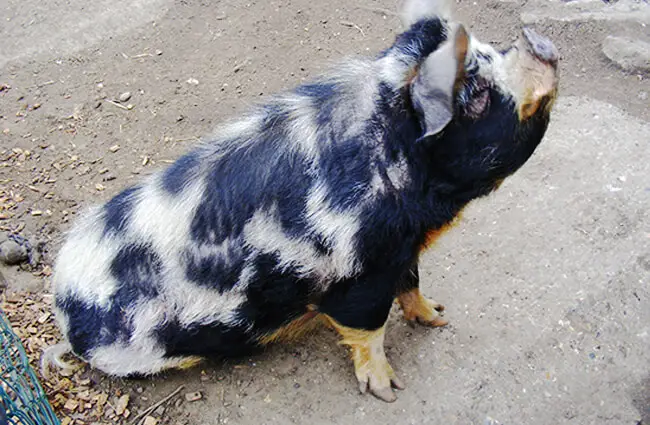
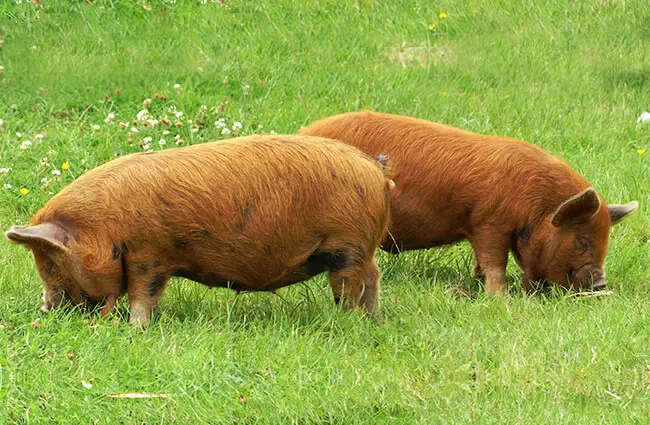
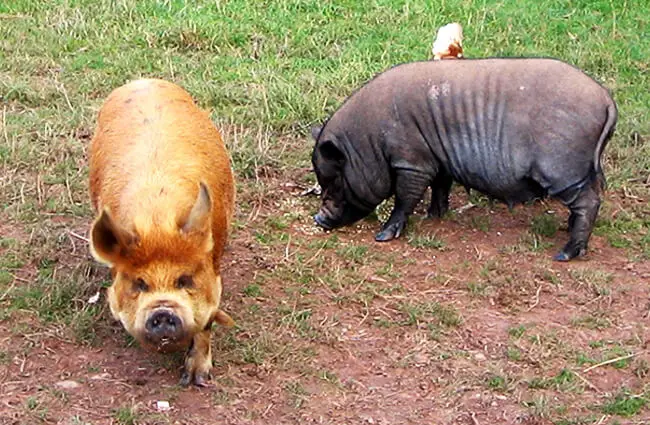
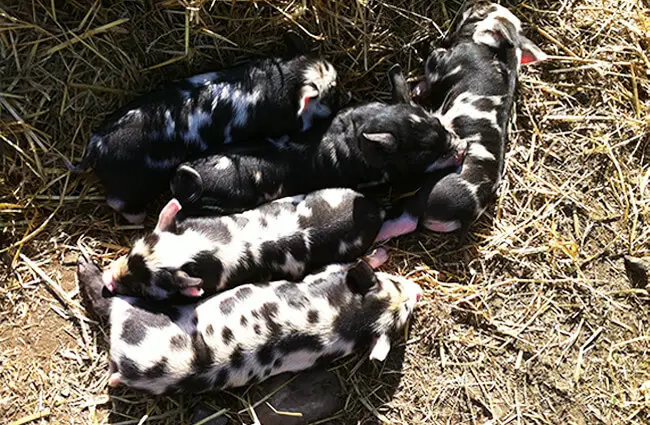
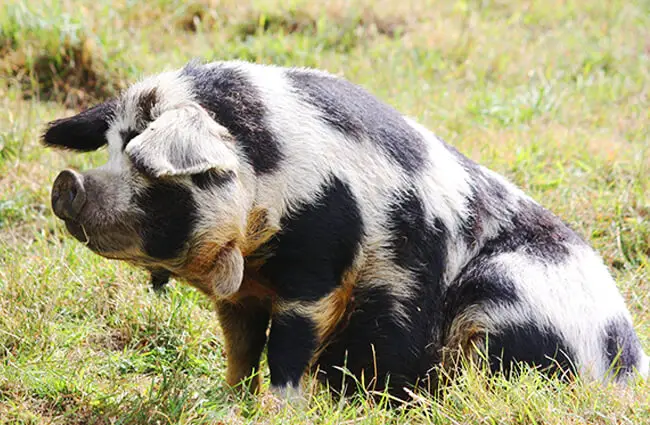

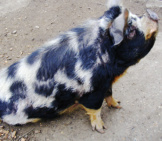
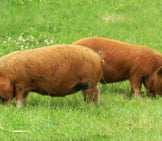
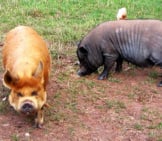
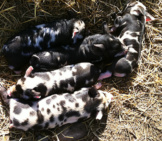
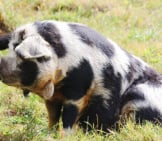
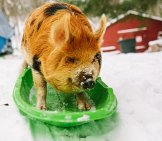
![Red Angus Closeup of a beautiful Red Angus cowPhoto by: U.S. Department of Agriculture [pubic domain]https://creativecommons.org/licenses/by/2.0/](https://animals.net/wp-content/uploads/2020/03/Red-Angus-4-238x178.jpg)


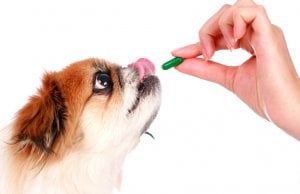



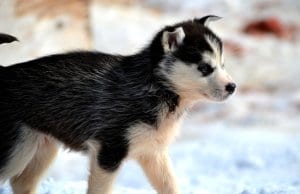





![Red Angus Closeup of a beautiful Red Angus cowPhoto by: U.S. Department of Agriculture [pubic domain]https://creativecommons.org/licenses/by/2.0/](https://animals.net/wp-content/uploads/2020/03/Red-Angus-4-100x75.jpg)

